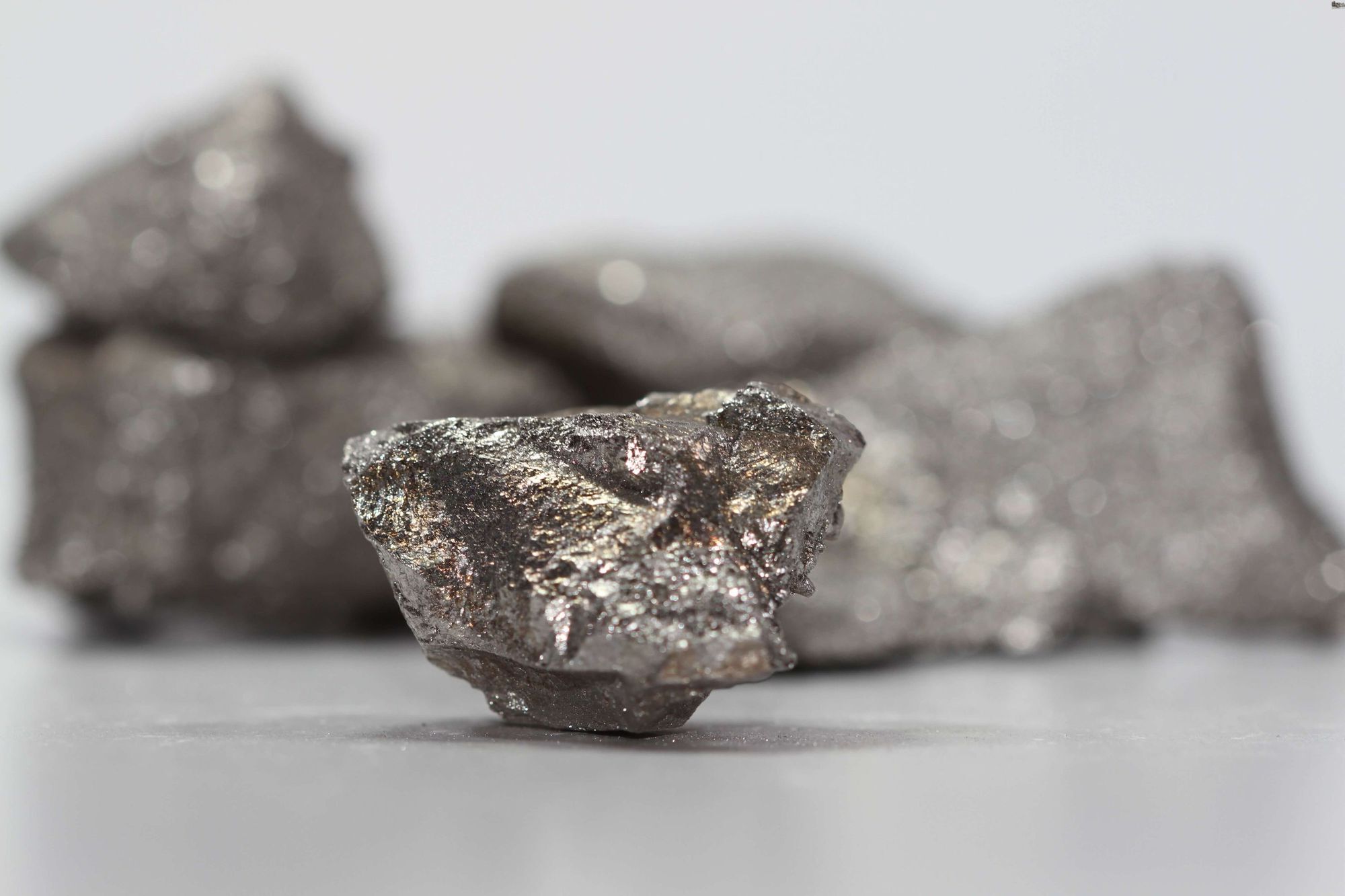
What is Ferroboron? Ferroboron is an alloy made from iron and boron. Why is it important? This alloy plays a crucial role in various industries due to its unique properties. Where is it used? You can find ferroboron in the production of magnets, steel, and even in nuclear reactors. How is it made? It’s created by combining iron with boron at high temperatures. What makes it special? Its ability to improve the hardness and durability of materials makes it invaluable. Who benefits from it? Manufacturers, engineers, and scientists all rely on ferroboron for different applications. When did it become popular? Its use has grown significantly since the mid-20th century. Want to know more? Keep reading to uncover 30 fascinating facts about ferroboron!
Key Takeaways:
- Ferroboron is an iron and boron alloy with unique properties. It's used in steel production, magnets, electronics, and more. Its future holds exciting possibilities in advanced alloys and sustainable production.
- Ferroboron has a high melting point, improves steel hardness, and has magnetic properties. It's crucial in space exploration and may find artistic uses in sculptures. Remember, safety measures are important when handling ferroboron.
What is Ferroboron?
Ferroboron is an alloy of iron and boron. It's used in various industries due to its unique properties. Let's dive into some fascinating facts about this material.
-
Composition: Ferroboron typically contains 10-20% boron, with the remainder being iron.
-
Appearance: It usually appears as a gray or black powder or in lump form.
-
Melting Point: This alloy has a high melting point, around 1,400°C (2,552°F).
-
Density: The density of ferroboron is approximately 7.15 g/cm³.
Uses of Ferroboron
Ferroboron has a wide range of applications. Its unique properties make it valuable in several fields.
-
Steel Production: It's used to improve the hardness and durability of steel.
-
Magnet Production: Essential in making neodymium magnets, which are among the strongest magnets available.
-
Electronics: Used in the production of certain electronic components due to its magnetic properties.
-
Abrasives: Employed in the manufacture of abrasive materials for cutting and grinding.
Benefits of Using Ferroboron
Why is ferroboron so popular? Here are some benefits that make it a preferred choice in various industries.
-
Improved Hardness: Adding ferroboron to steel increases its hardness, making it more durable.
-
Corrosion Resistance: It enhances the corrosion resistance of metals, extending their lifespan.
-
Magnetic Properties: Its magnetic properties are crucial in the production of powerful magnets.
-
Cost-Effective: Ferroboron is relatively inexpensive compared to other alloying elements.
Production Process of Ferroboron
How is ferroboron made? The production process involves several steps to ensure high quality.
-
Raw Materials: Iron and boron are the primary raw materials used.
-
Smelting: The materials are smelted together in a furnace at high temperatures.
-
Cooling: After smelting, the molten alloy is cooled and solidified.
-
Crushing: The solidified alloy is then crushed into the desired form, either powder or lumps.
Historical Background of Ferroboron
Ferroboron has an interesting history that dates back several decades.
-
Discovery: The alloy was first developed in the mid-20th century.
-
Industrial Use: It quickly found applications in various industries, particularly in steel production.
-
Advancements: Over the years, advancements in production techniques have improved its quality and applications.
Environmental Impact of Ferroboron
Like any industrial material, ferroboron has an environmental footprint. Understanding this impact is crucial.
-
Mining: The extraction of iron and boron can have environmental consequences, including habitat destruction.
-
Energy Consumption: The production process requires significant energy, contributing to carbon emissions.
-
Recycling: Ferroboron can be recycled, reducing the need for new raw materials and minimizing waste.
Safety Considerations with Ferroboron
Handling ferroboron requires certain safety measures to protect workers and the environment.
-
Protective Gear: Workers should wear protective gear to avoid inhaling dust or coming into direct contact with the material.
-
Ventilation: Proper ventilation is necessary in areas where ferroboron is processed to prevent dust accumulation.
-
Storage: It should be stored in a dry, cool place to prevent oxidation and degradation.
Future of Ferroboron
What does the future hold for ferroboron? Innovations and trends suggest exciting possibilities.
-
Advanced Alloys: Research is ongoing to develop new alloys with improved properties.
-
Sustainable Production: Efforts are being made to make the production process more environmentally friendly.
-
New Applications: Emerging technologies may find new uses for ferroboron, particularly in renewable energy.
Fun Facts about Ferroboron
Let's end with some fun and lesser-known facts about ferroboron.
-
Space Exploration: Ferroboron is being studied for potential use in space exploration due to its durability and magnetic properties.
-
Artistic Uses: Some artists use ferroboron in sculptures and other artworks for its unique appearance and texture.
The Final Word on Ferroboron
Ferroboron, a fascinating alloy, plays a crucial role in various industries. Its unique properties, like high hardness and magnetic qualities, make it indispensable in steel production, electronics, and even nuclear reactors. Understanding these facts about ferroboron can help appreciate its significance in modern technology.
From enhancing steel's strength to its use in permanent magnets, ferroboron proves its versatility. Its ability to improve material properties while maintaining cost-effectiveness makes it a valuable asset. As industries continue to evolve, the demand for such innovative materials will only grow.
So, next time you encounter a high-strength steel product or a powerful magnet, remember the role ferroboron plays. This alloy, though often overlooked, is a silent hero in many technological advancements. Keep these facts in mind, and you'll have a deeper appreciation for the materials shaping our world.
Frequently Asked Questions
Was this page helpful?
Our commitment to delivering trustworthy and engaging content is at the heart of what we do. Each fact on our site is contributed by real users like you, bringing a wealth of diverse insights and information. To ensure the highest standards of accuracy and reliability, our dedicated editors meticulously review each submission. This process guarantees that the facts we share are not only fascinating but also credible. Trust in our commitment to quality and authenticity as you explore and learn with us.


